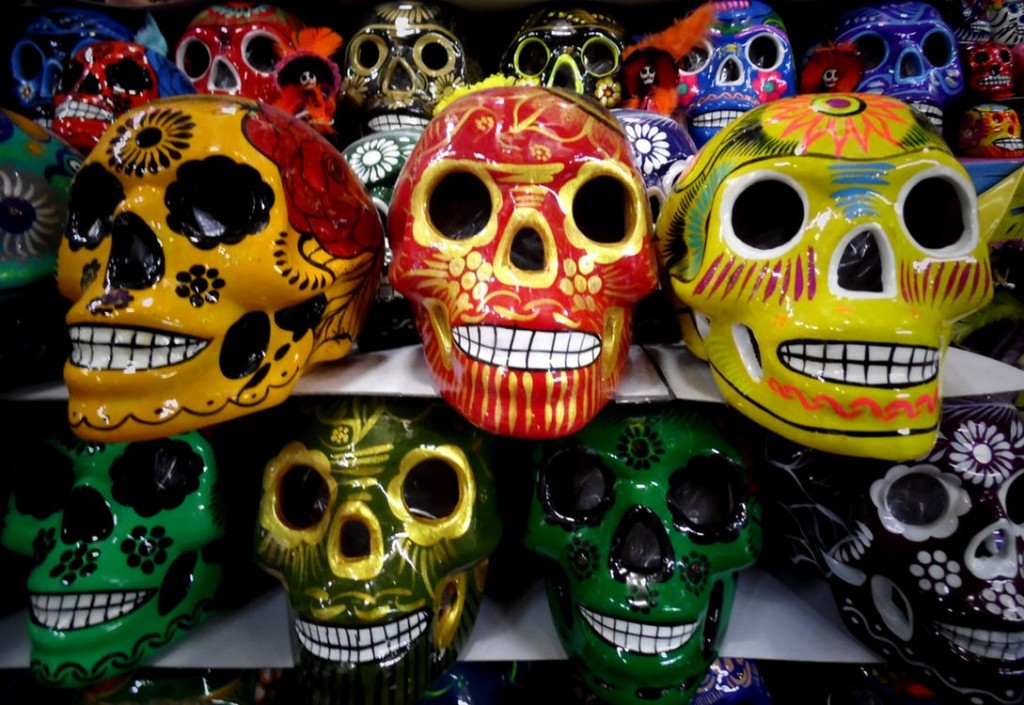-
Lot Size18,296 sqft
-
Home Size2,733 sqft
-
Beds4 Beds
-
Baths3 Baths
-
Year Built2003
-
Days on Market4
History of Halloween
- Neighborhoods and News
- October 31, 2017
Halloween dates back to Samhain (sow-in), an ancient Celtic festival. The Celts lived around 2,000 years ago in what is now Ireland, the United Kingdom, and France, and they celebrated their new year on November 1.
It would mark the end of summer and harvest, and the beginning of the dark, cold winter which was usually associated with death for them. The Celts believed that the night before their new year, the boundary that existed between our world and the world of the dead would be blurred. So, on the night of October 31 they would celebrate Samhain which they believed the ghosts of the dead came into our world. They would create sacred bonfires where they’d burn crops, sacrifice animals, and wear costumes (usually animal heads and skins) to try and predict one another’s futures.
The Roman empire conquered the majority of Celtic territory by 43 A.D. They combined Samhain with their own Feralia, a day in late October when Romans commemorated the dead, and Pomona, a day to honor the goddess of fruit and trees whose symbol was the apple (bobbing for apples, perhaps?).
All Saints Day
In 609 A.D., there was the creation of All Martyrs Day which was on May 13. Pope Gregory III later changed the festival to include saints and martyrs, also moving the day from May 13 to November 1.
The influence of Christianity spread and by the 9th century, the Celtic lands had become influenced and their practices blended. The church establish All-hallows for All Saints Day and, on the traditional night of Samhain, it began to be called All-Hallows Eve and then, Halloween.
Halloween and America
Because of Protestant beliefs in New England, the celebration of Halloween was very limited. It was more common in Maryland and into the southern colonies. As the beliefs and customs of European groups and the Natives began to merge, an American version of Halloween began. There were “play parties” where neighbors shared stories of the dead, tell fortunes, dance, and sing.
In the second half of the 19th century, many Irish immigrants fleeing the Irish Potato Famine helped popularize the celebration of Halloween nationally.
Trick-or-Treat
Mixing the Irish and English traditions, Americans started to dress up in costumes and go house to house for food or money (trick-or-treat). The treats were from going to houses, while young women created tricks with yarn, apple parings, or mirrors to learn who their future husband could be.
At the turn of the century in the late 1800s, people wanted to make Halloween a holiday for get-togethers and community instead of witchcraft, ghosts, and tricks. So, the tradition of Halloween that we know today, parties and more treats than tricks, was born!




